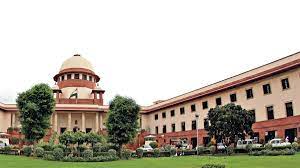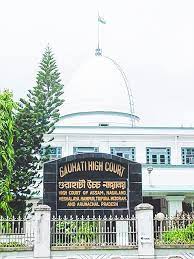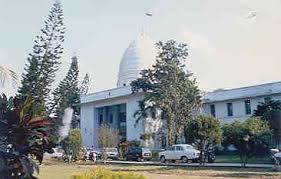The gist of the complaint is that continuous/frequent exposure of the ancient structures in the Chittorgarh Fort to the peak particle velocity (PPV) generated by the explosives used in mineral extraction would damage the heritage monument, and this negligence of the present generation will leave only the remnants of the Chittorgarh Fort to the succeeding generations. (Para 5)
The issue is undoubtedly of grave concern, and the conflict between the exploitation of mineral wealth and sustaining the neighbourhood, stated pithily, adheres to the principle of sustainable exploitation of mineral resources without adversely affecting the community interest in any manner. (Para 6)
CSIR-CBRI, Roorkee, between November 2013 and September 2014, undertook the study of the environmental impact from the mining activities and generated data from the site during the full-scale blasting operations both individually and in combinations from the mines. CSIR9 CBRI, Roorkee associated the Central Institute of Mining and Fuel Research (CIMFR) in the study and submitted the Report dated 30.09.2014. It is apposite to excerpt a few of the conclusions in the report dated 30.09.2014 (Para 16)
Dr. Singhvi contends by relying on the report dated 30.09.2014 of CSIR-CBRI, that the study of impact from blasting at the Petitioner’s mine, has not travelled beyond a maximum distance of 1 ½ kilometres, and the blasts carried out at subject mines did not record any vibrations/ peak particle velocity (PPV) at the Fort. Therefore, he contends that the impugned judgment is liable to be set aside, and the Petitioner is allowed to operate the mines in accordance with the grant conditions. (Para 19.1)
We take note of the assertions of the Petitioner and the opposition voiced by Respondent Nos. 1 to 6 and other impleaded respondents. At this juncture, we place on record our appreciation for the work undertaken by CSIR-CBRI, Roorkee in filing the Report dated 30.09.2014. However, we are also of the view that the safe minimum distance for blasting operations from the Chittorgarh Fort suggested in the Report of the CSIRCBRI, Roorkee in all material particulars is not in line with the Report of the Ministry of Coal and Mines, Indian Bureau of Mines, Mining Research Cell. (Para 23)
We declare and hold that notwithstanding any liberal recommendation on undertaking blasting operations nearer to the Chittorgarh Fort, keeping in perspective the continuous exposure of ancient monuments to peak particle velocity (PPV) arising from blasting, a radius of five kilometres from the compound wall of the Fort shall not be subjected to mining by blasting or use of explosives for mining of any minerals. In other words, the manual/mechanical mining operations permitted within a radius of five kilometres are allowed to be continued, subject to the lessees possessing a valid lease in accordance with law. (Para 24.3)
SUPREME COURT OF INDIA
2024 STPL(Web) 36 SC
[2024 INSC 35]
Birla Corporation Limited Through Its Managing Director Vs. Bhanwar Singh And Others
Civil Appellate Jurisdiction S.L.P.(C) No. 21211 Of 2012 With Slp (C) No. 22377 Of 2012 With Slp (C) No. 23551 Of 2012 With Slp (C) No. 29698 Of 2012 With Slp (C) No. 25186 Of 2012 With Slp (C) No. 31905 Of 2013 With Slp (C) No. 31724 Of 2012-Decided on 12-1-2024
https://stpllaw.in/wp-content/uploads/2024/01/2024-STPLWeb-36-SC.pdf







